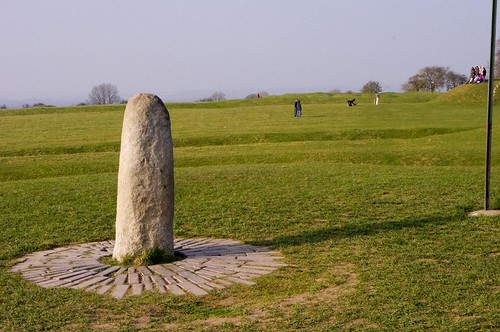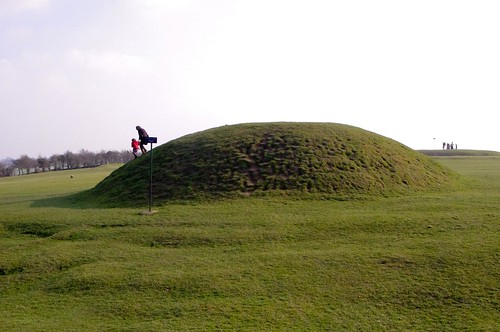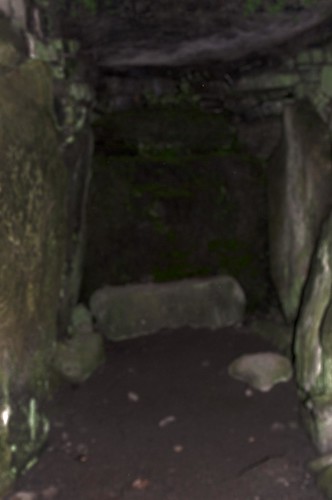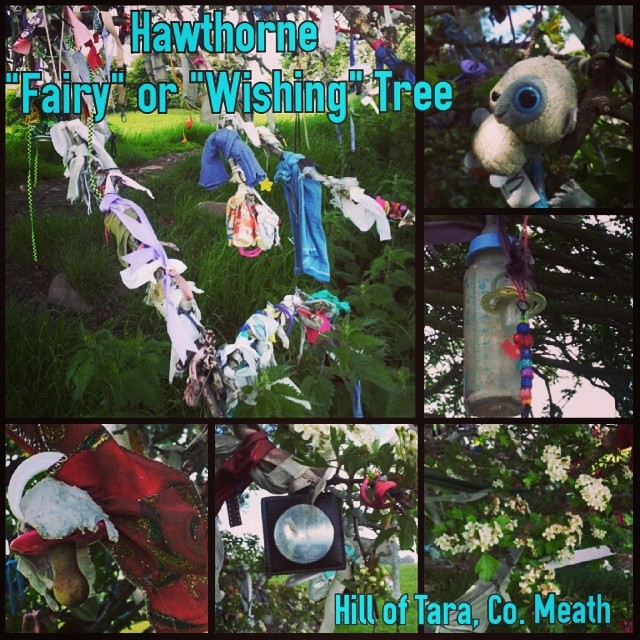
Yesterday, I mentioned that S. was in town and we went over to several places including a place new to me – Duleek Abbey. One of the other places that we went was the Hill of Tara. I have posted a blog about it before (you can see it here – Hill of Tara), but I decided that maybe I should go into one of the interesting things about Ireland and ancient faiths that is relevant to the Hill of Tara (and other places around Ireland).
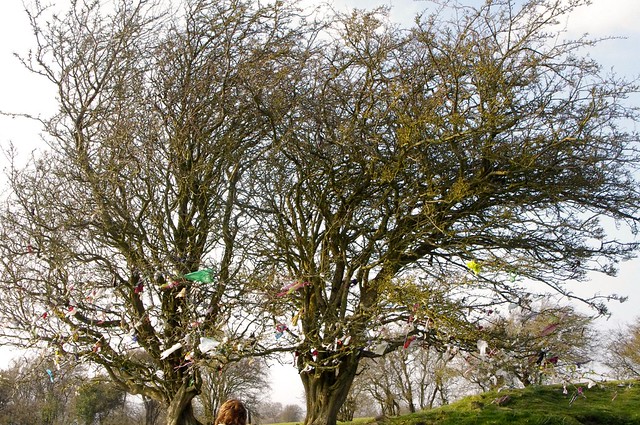
Here in Ireland, the people are considered mostly Catholic / Christian in faith. Now this is changing as time moves on and immigrants from other places arrive, but one thing that is interesting is that if you know where to look – there is evidence of far older beliefs. Celtic beliefs. When you go to Tara, you wander the grounds up the ditches, down the ditches. You see the stone of destiny, and you feel the ever blowing wind at the top of the hill. The smell of grass is thick, and the bleat of sheep and moan of cows are carried from the fields below. There are kids running about, dogs playing fetch, and others that are just enjoying the view. One thing that most people miss – because they don’t walk the perimeter of the site – are the the Trees.

To most people, the Hawthorne trees / Hawthorne bushes edging the Hill of Tara are trees are nothing special and most of them are what they seem. The reality is that trees are among Ireland’s most ancient. They can live to be 400 years old. The trees grow in a knarled fashion with rough trunks that have deep divots and curves. In spring time, the trees bloom in white flowers and as their leaves come in they have thorns just under each tiny little sprout. These thorns typically 1–3 cm long. In autumn, they bear a red fruit type berry. The hawthorn has been regarded as the emblem of hope, the ancient Greeks used to carry Hawthorn branches in wedding ceremonies, but somehow during medieval times the tree took on a lore that might help, in part, to explain why people avoid them. The crown of thorns that Christ wore during his crucifixion is said to have been made from a Hawthorn tree.
In Irish legends, the first humans on the Island encountered a “fairy” or “mystical people”. They were called the Sidhe (pronounced Shee-hey). Something happened (was it a fight?) and the Sidhe were banished to the Realm of the Fay. Some of the wee folk chose to remain, however, and they live underground or sometimes are said to reside in certain trees or bushes, usually of the hawthorn variety. You don’t want to disturb the fairy folk or you might bring some kind of misfortune upon yourself.
Other legends say that a pair of Hawthorne trees serve as a portal to the Land of the Fay and if you’re not careful, you can fall through the portal and wake up ‘on the other side’.
What’s interesting is that at the Hill of Tara, there are a pair of “Fairy trees” (aka Wishing Trees), despite the negative connotations around the “portal” and the “wee people”. While you could walk through the portal between the trees into the netherworld, those that visit these trees are bringing wishes and gifts for the Sidhe to take on to the other side. Over the years of visiting Tara, I have come across these Hawthorne trees in various seasons. In the Winter, the OPW who is in Charge of Tara clears away all the debris and cuts off all of the “ties” and “tags” that have been put on the tree. Come springtime though, the people bring their offerings to the trees. By summer, they are covered in decorations, and by autumn, it is nearly impossible to find a place to put your own. It is a very interesting place. Each wish is different – but they tend to be in similar forms.
Children’s pacifiers / bracelets or toys – Perhaps in mourning for a lost childhood, as a symbol of growing up, or as a wish for children (more children)?

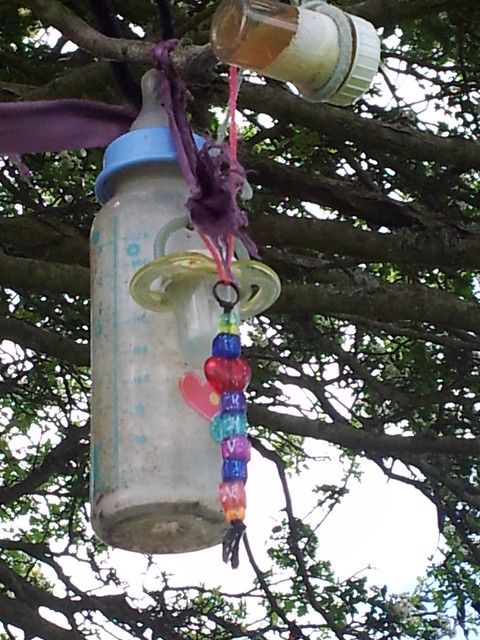

Pet items (like a collar, a leash, or a poop bag) – Perhaps their pets are lost? Perhaps they want a pet? or perhaps they are hoping that people will learn to clean up after themselves.

keychains or little plush shaped like animals

Notes / messages and paper items:
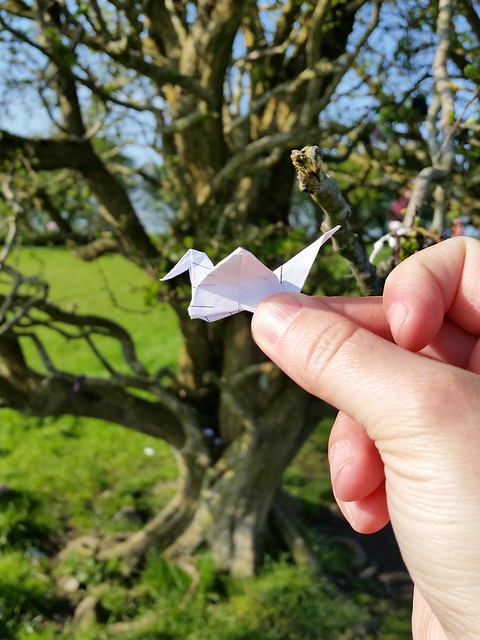


Ribbons, hair ties, and barettes:

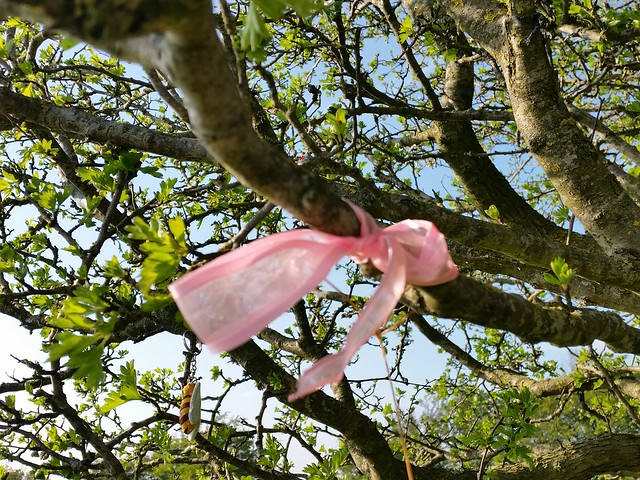
Bells, chimes, things that move with the breeze or catch the sun and sparkle.

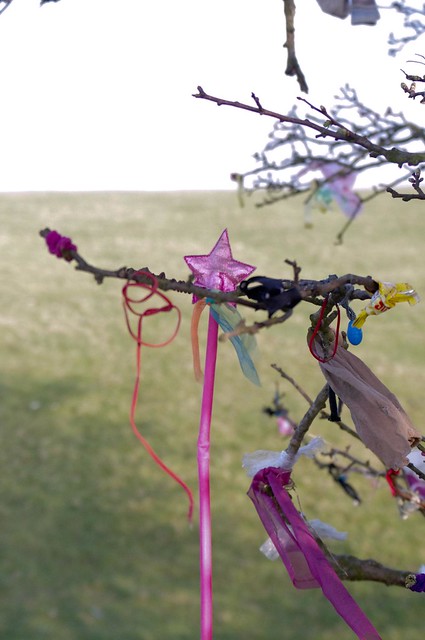


I think for me, the fact that the belief / wishes are still being placed on the trees makes Tara that much more magical and the cultural tradition very sweet. I’ve not seen any other trees, though I hear that they are all over Ireland – one even having had a petition to have a road routed around it successfully. For me – I always take the time to leave a little something for the fairies – just in case. ;).
For a legend about the trees, you can checkout a blog post at – http://www.derryghosts.com/tree.htm




